Stone Step Treads
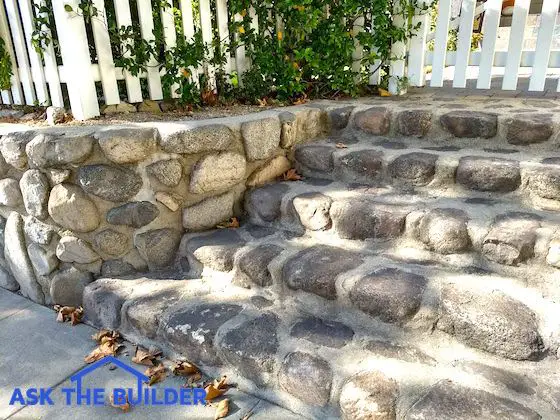
These stone steps are on Rockland Place in Montrose, CA. The stones come out of the nearby San Gabriel Mountains each time there's a heavy rain. These treads would be horrible in a climate that gets snow. Copyright 2017 Tim Carter
Stone Step Treads Tough and Colorful
Stone step treads are strong, long-lasting and gorgeous depending on the stone material you use. I've got a set of stone steps at my own home here in central New Hampshire.
It's important to realize I love stone as a building material. Not only do certain stones look gorgeous, but they're also the strongest material you can use.
Fine-grained granite that contains a high percentage of quartz can last thousands of years with no measurable wear! All of the Wonders of the World have one thing in common. They're all made from stone.
Paving brick, slate, limestone and basalt are all very good stones to use for step treads.
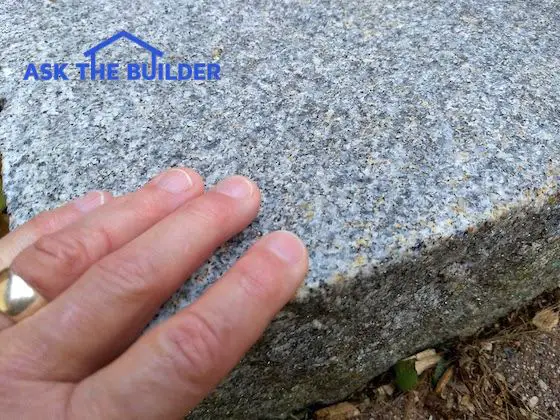
This is the top surface of a fine-grained granite step tread. The white crystals are quartz. This step can withstand centuries of freezing weather with little wear. Copyright 2017 Tim Carter
Related Links
Quick Start Guide to Building Steps of All Types
How to Remove Slippery Algae From Stone Steps
Free & Fast Bids
CLICK HERE to get FREE & FAST BIDS from local stone step contractors.
Tread Design is Important
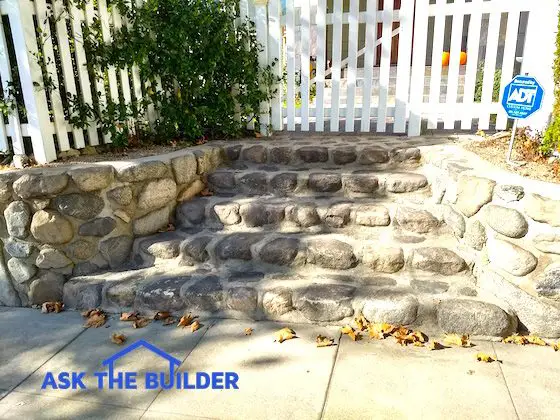
These stone step treads work well in southern California where it never snows. Don't use uneven stones like this for your step treads if you have to shovel snow! Copyright 2017 Tim Carter
A point often overlooked is the design of the tread. The first thing to remember is the climate.
Cold climates where there is ice and snow require treads that are flat and easy to shovel snow. The bumpy treads in the photo above would be a poor design choice for outdoor stair treads.
It must be remembered that step treads need to have a slight pitch to them so water never ponds on the tread. Water must flow across each tread and eventually end up at the bottom of the set of steps.
Ponding water can lead to slips and falls on steps.
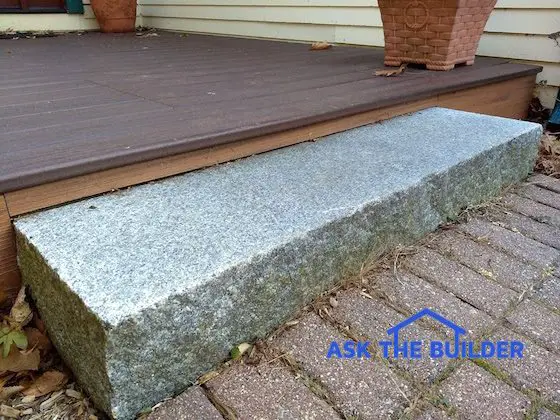
Here's a single granite stone step at my own home at my front porch. It's got a 10-inch tread. You can stack these pieces of granite like Legos to make long sets of steps. Copyright 2017 Tim Carter
10 Inches is Ideal Tread Size
Another key point is the size of the stone step tread. A depth of 10 inches is best. In this case you'd have a 7.5-inch riser.
As an illustration many years ago the national building code for steps said this about tread and riser sizing:
"The sum of two risers and one tread shall be no less than 24 inches and no greater than 26 inches."
This wording allowed for an infinite number of tread / riser combinations if you remember your grade school math.
However, the sweet spot between those two code numbers is 25 inches.
Two 7.5-inch risers and one 10-inch tread equal 25 inches. I can tell you from years of building stone, brick and wood steps this tread and riser combination is the safest and most comfortable to go up and down.
Strong Portland Cement
Another key point is to use Portland cement to lock the stones together. Do NOT use bricklayer's mortar mix. The strongest mixture for stone steps is:
- 2 parts medium or coarse washed sand
- 3/4 part Portland Cement
- 1/2-part Hydrated Lime
The hydrated lime is a secret ingredient that will add extra strength and durability to the mortar that binds the stones together.
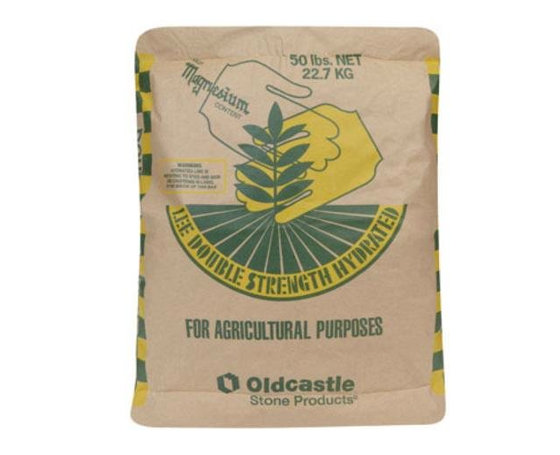
This is great hydrated lime. It's label for use on farms, but believe me it's GREAT to use for brick, stone mortars and whitewash. CLICK THE PHOTO OF THE BAG NOW TO HAVE THIS DELIVERED TO YOUR HOME IN DAYS.
CLICK HERE to get FREE & FAST BIDS from local stone step contractors.
3 Responses to Stone Step Treads